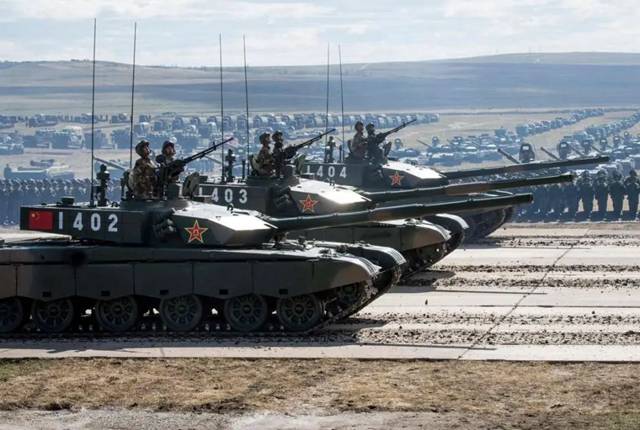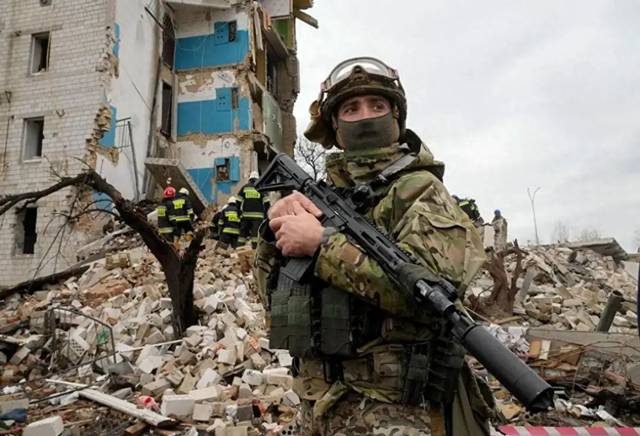The People’s Liberation Army (PLA) has concluded from the Russo-Ukrainian War that regardless of the Sino-Indian border or potential conflicts in the Taiwan Strait, the million-strong army remains the cornerstone.
As the most significant local war in terms of technical and tactical proficiency among the belligerents since the Cold War, the Russo-Ukrainian conflict has provided numerous insights to the global military community. For the PLA, one crucial insight is that while transitioning away from a “continental army” mindset, it has not ceased the development of its army in favor of naval and air forces, maintaining the overall strategy of coordinated development among various branches of the military.
Recent statements by Lieutenant General Deng Zhiping, Deputy Commander of the Chinese Army, underscore the ongoing importance of the army. Despite the rising prominence of new combat forces like the navy and air force, the PLA needs to adapt to changing times, continuously enhancing its combat capabilities.
Lieutenant General Deng’s remarks primarily focus on two points. Firstly, although the navy and air force are gaining significance, the status of the army remains unchanged. This status pertains to both the army’s position within the PLA and its role in modern warfare.
Given Ukraine’s geographical realities, the conflict predominantly involved ground warfare, with the outcomes heavily influenced by the actions of ground forces on both sides. Consequently, actions of naval and air forces were primarily in support of ground operations, either defensively or offensively.
Regarding potential conflicts, such as those in the Taiwan Strait or along the Sino-Indian border, the PLA’s army is expected to play a pivotal role due to China’s extensive land borders and the geopolitical security dynamics in the Asia-Pacific region.
In scenarios like a possible amphibious assault in the Taiwan Strait, while the PLA Navy and Air Force undertake tasks such as achieving air and sea control and keeping foreign forces away from Taiwan’s shores, it’s the ground forces, predominantly the army, that would carry out the actual crossing of the strait and the occupation of territory.
This holds true for the southwestern direction as well. Despite the potential impact of air and missile forces on Indian military capabilities, it would still fall upon the army to decisively push back Indian forces and reclaim territories like Southern Tibet.
These assertions by the PLA’s high command reinforce the army’s importance and counter arguments that emerged internationally post-Gulf War, claiming the army’s obsolescence or inferiority. It affirms that the Chinese army can still play a decisive role in modern warfare.
However, the PLA acknowledges that in modern warfare, the army cannot bear the brunt alone as before. Joint operations across land, sea, air, and space are the new norm.
This leads to the second core point in General Deng’s statement – the development of new combat capabilities. While neither the Russian nor Ukrainian armies are at the forefront of military technology, their conflict represents the highest level of technical and tactical proficiency among contemporary combatants.
For instance, the extensive use of drones by both sides in the Russo-Ukrainian conflict has provided new insights into their application in modern warfare.
Moreover, the conflict underscores the impact of global military technological advancements on the battlefield. With advancements in satellite and drone technologies, reconnaissance and counter-reconnaissance tactics have evolved, requiring militaries worldwide to adapt to detect and strike enemy forces while evading detection.
The PLA Army has been keeping pace with global developments, particularly in information-centric warfare, drone utilization, and long-range artillery. Nonetheless, the unique circumstances of the Russo-Ukrainian conflict mean that some lessons may not directly apply to the PLA’s situation, necessitating a tailored approach to development.
Hence, the emphasis by PLA generals on the need to “adapt to changing times” reflects the imperative for the PLA to chart its own course based on its specific circumstances, while drawing upon the experiences of others cautiously.

